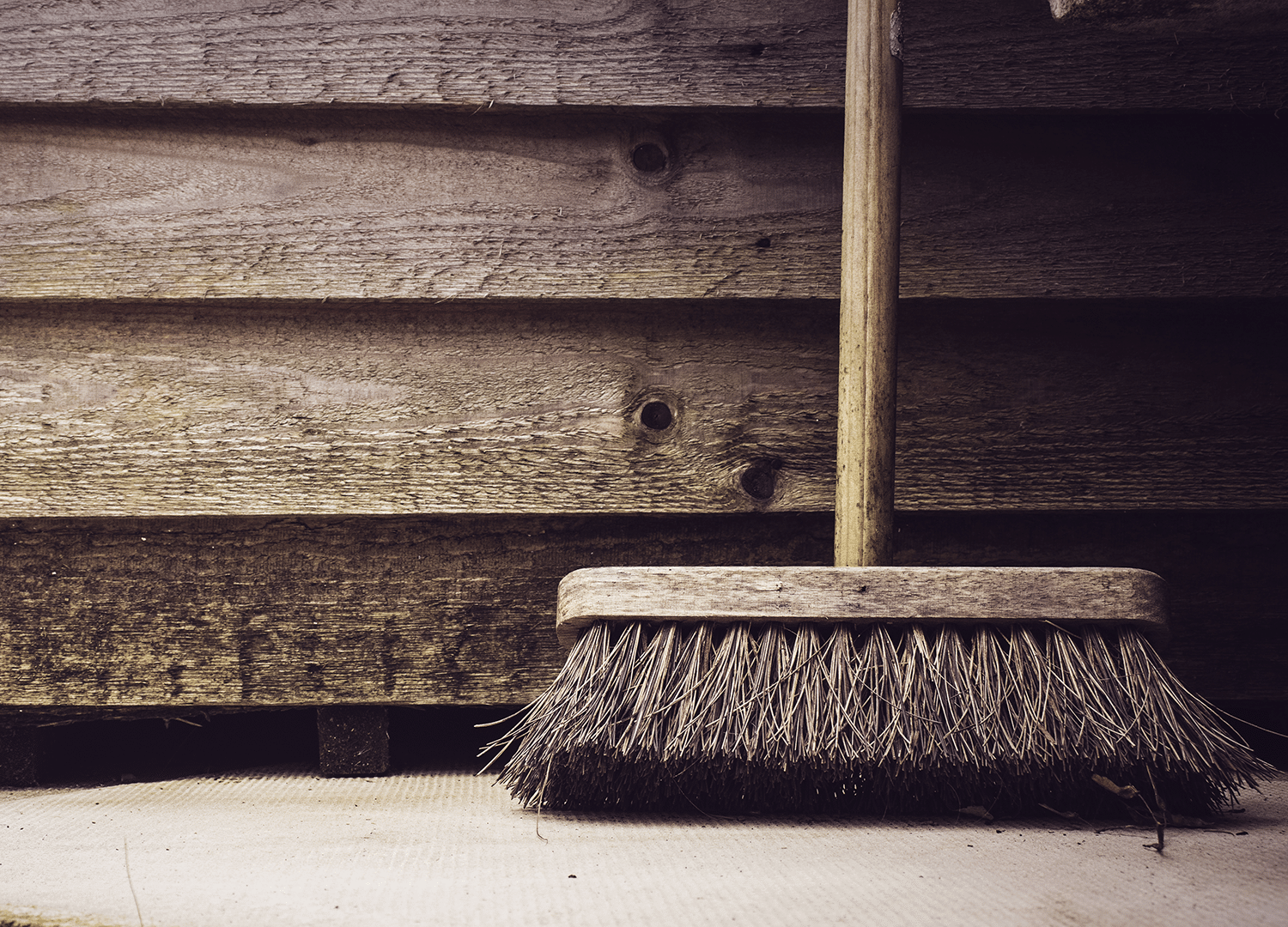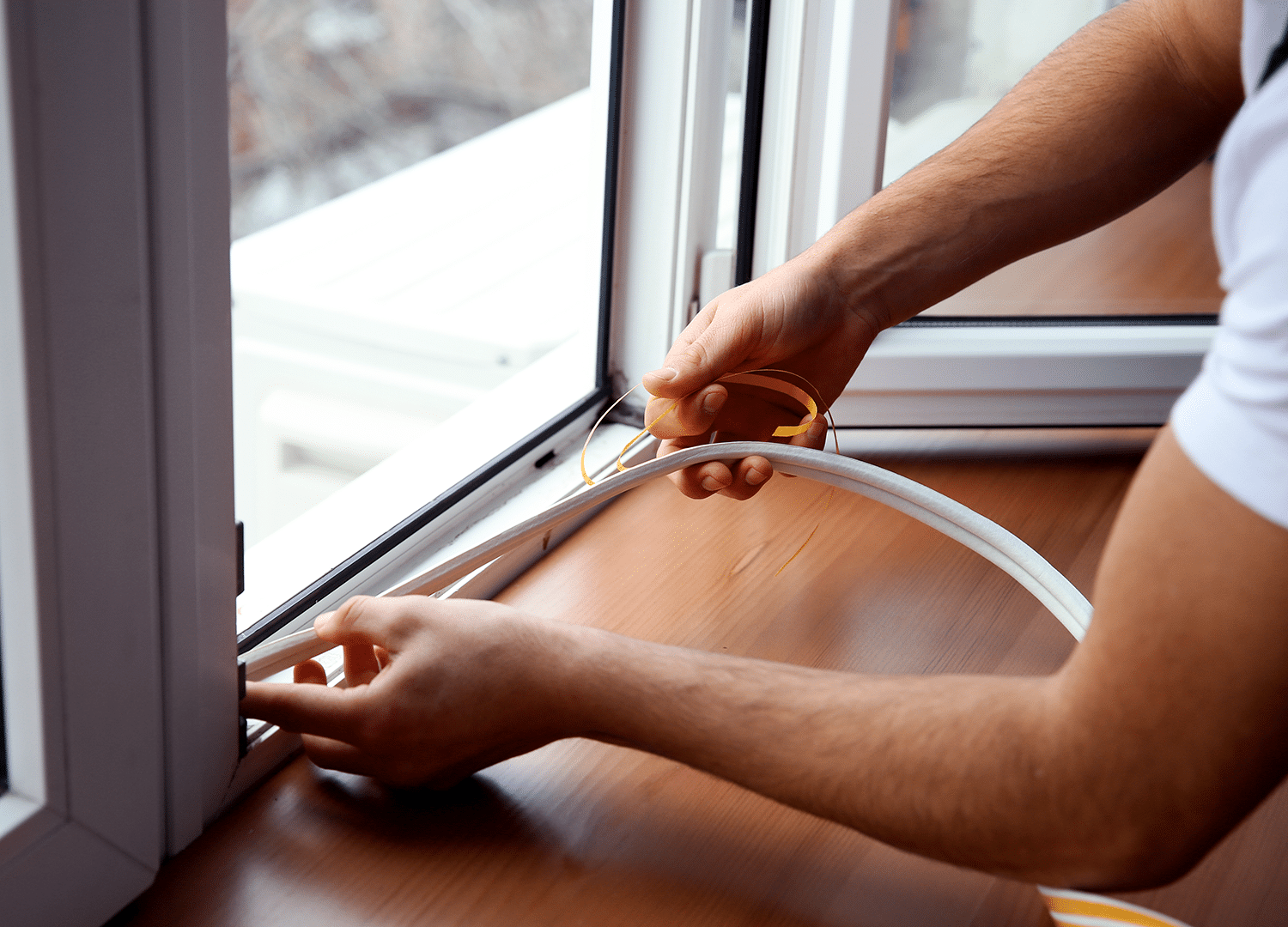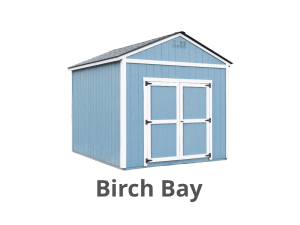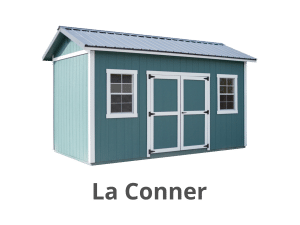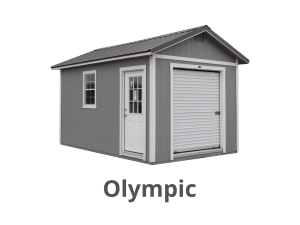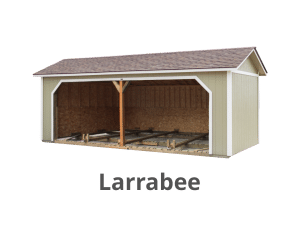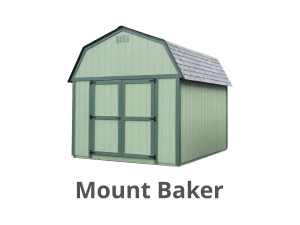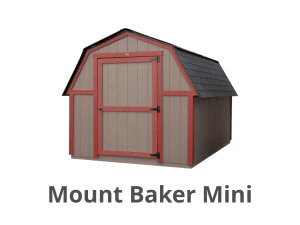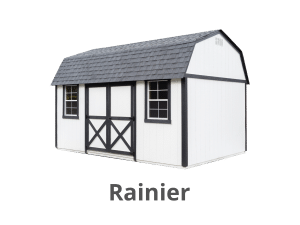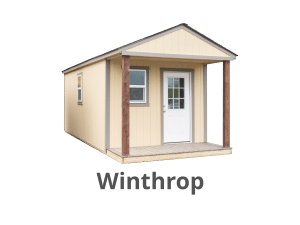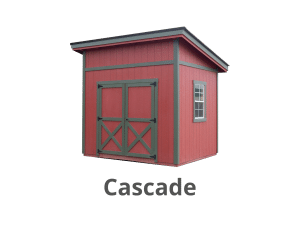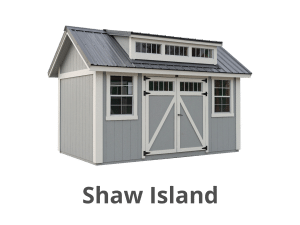Winterizing Your Portable Shed
A little care goes a long way, so here are a few suggestions to help you prepare your building for winter.
Spring clean…in the winter.
It’s a good time to clear out your shed, toss any unwanted items, and sweep the floors clean. Get rid of any dead insects, leaves, seeds, or other debris that might attract pests.
Inspect the roof.
Check for any cracks or damage and get them fixed immediately. You don’t want snow and ice to make leaks worse. You should also take a look at any trees surrounding your shed. Trim any overhanging branches back to at least 10 feet from the roof line.
Weather strip your windows and doors.
Make sure there’s a good seal around your windows and doors and replace any cracked weather stripping if needed.
Store seeds and other organic material.
If you’re winterizing a garden shed, you should store your seeds, potting soil, fertilizer, and mulch, in waterproof bags to prevent mildew. Then, place them in nonporous, lidded containers to keep pests away.
Maintain your equipment.
This has nothing to do with your portable building, but it’s always a good idea to perform some maintenance on your tools, as well. Clean and organize them so they’re ready to go when spring arrives, and then, unhook your garden hose, empty out the water, and hang it up in your shed. Don’t forget to empty the gas and oil out of your lawn care equipment, such as your mower and trimmer, before you store them for the winter.
Headquarters
353 Pease Rd Burlington, WA 98233
Phone
Office Hours
Monday - Thursday
8:00 AM - 5:00 PM

